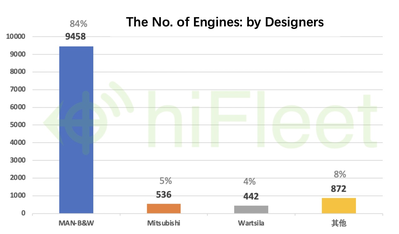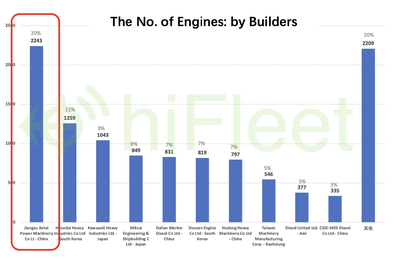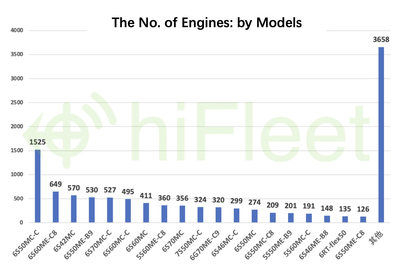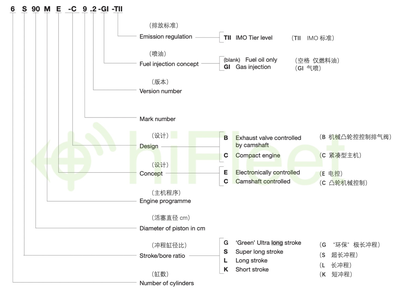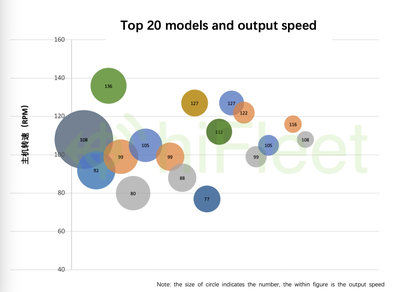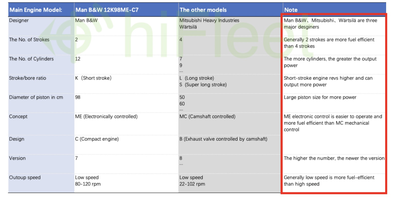With the soaring oil and bunker prices, the fuel cost control of the voyage becomes more important. Although the Speed and Consumption Warranties can provide the protection and certainty at some extent, experienced charterers will make judgments in various ways to choose the proper ships, especially by using shipping data products. A series of shipping data products launched by HiFleet can accurately and efficiently assist users to know the regional vessel supply, locate target ships, read engine parameters, and estimate fuel consumption.
Step 1: Filter the fleet to find target ships by “Marine Traffic Filter” and “Destination Follower”
HiFleet has launched the data product "Marine Traffic Filter", which could select ships in specific areas, and the "Destination Follower", which could monitor the ETA of ships destinating to various ports in real time. You could use the "Marine Traffic Filter" to filter the fleet by category, status, draft, DWT and flag in any areas, and use the "Destination Follower" to quickly obtain the list of pre-arrival ships, ETA and other important information by customized selection. Through real-time monitoring ports and ships, "Marine Traffic Filter" and "Destination Follower" could:
- Assist shippers and carriers to obtain the (pre-arrival) ship list and understand the regional ship supply, contributing to the negotiation of charter party and the trading opportunities.
- Assist freight forwarders and cargo owners to monitor the ETA of the goods and the status of the ship in real time.
- Assist operators to acknowledge the ship's ETA/ETB/ETC/ETD, optimize the vessel speed, save fuel consumption, minimize the waiting time, and improve the turnover of fleet.
Step 2: Use HiFleet "Ship Profile" to get the ship's main engine parameters and other important information
HiFleet ship archives provide comprehensive information, photos and latest news on almost all ships. After confirm the target ships, users can quickly get the ship's main engine parameters and other important information through the HiFleet "Ship Profile".
Step 3:Understand the main engine parameters and compare the bunker consumption
Taking bulk carriers as an example, HiFleet ship archives have collected detailed information on 11,308 bulk carrier main engines and made a preliminary statistical analysis on them.
The designer, manufacturer, main model and speed of bulk carrier main engines
- The main engines of bulk carriers are designed by three major designers: Man-B&W, Mitsubishi and Wartsila, which together account for 92% of the total.
- There are many manufacturers of main engine, which are relatively scattered. They are mainly companies in China, Japan and South Korea. Jiangsu Antai Power Machinery produces the largest number of main engines, accounting for 20% of the total.
- The following graph lists the models and quantities of dry bulker main engines. There are many types of models. The common ones are 6S50MC-C, 6S60ME-C8, 6S42MC, 6S50ME-B9 and so on.
- Engine type designation.
- The model and output speed: The output speed of the Top 20 engine models ranges from 77 to 136, and the average speed is about 100 rpm.
How to estimate the fuel-efficiency basing on the model designation?
- There are multiple factors affecting fuel consumption, including speed, operation management, meteorology, hydrology, etc. The main engine is also one of the most important reasons. By reading the model designation, we can understand its main characteristics. Let's take “Man B&W 12K98ME-C7” as an example:
Under similar conditions, a ship with a two-stroke, electronically controlled, low-speed main engine is likely to be more fuel-efficient.
Please find more details in the attachment.
This is A series of shipping data products that can accurately and efficiently
Link alternatif togel https://admintoto.codeberg.page/
Layanan togel online bonus besar https://wlo.link/@admintoto



